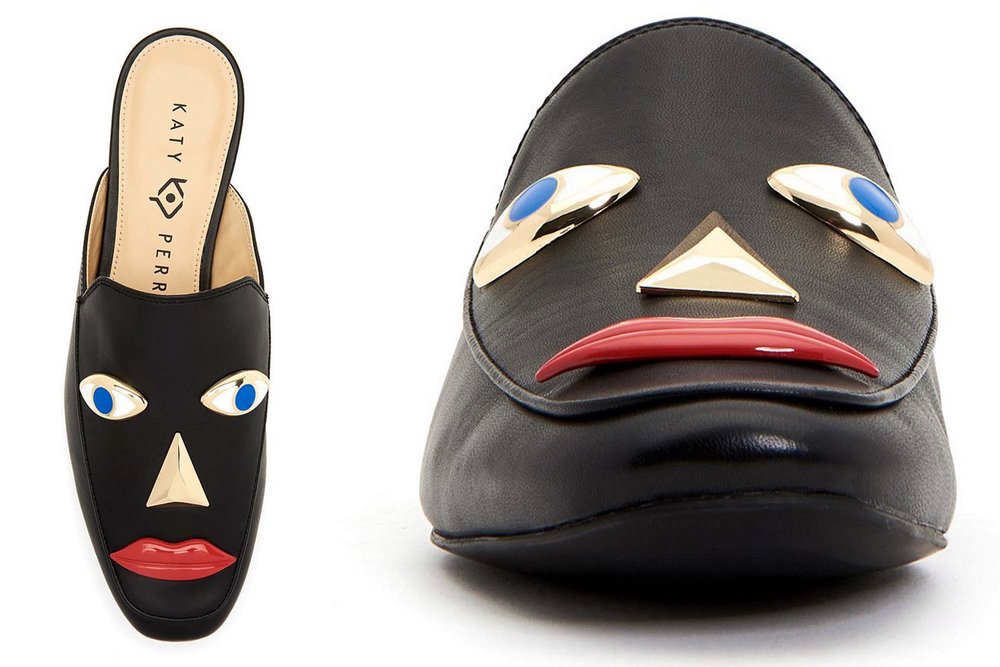Out-of-home advertising (OOH) — also known as outdoor media — is the marketing you see…
Diverse and Inclusive Advertising in the Wake of Blackface
One could be forgiven, or at least, definitely understood, if they awoke in recent weeks from a 100 year coma and thought not a lot had changed.
It’s appalling that in 2019, especially February, which is the month we celebrate and honor black Americans for their culture, contributions, and creative endeavors, that the news has been smattered with story after story about blackface. From elected politicians to high-fashion sweaters, it seems as though we can’t flip on a news station or scroll through a news site without seeing a case of blackface.
Has February 2019 become Blackface History Month?
A 1984 medical school yearbook photo has surfaced, reportedly featuring Virginia’s Democratic Governor Ralph Northam. In the photo, two men are dressed in costume, one as a member of the Ku Klux Klan, the other in blackface. Northam initially admitted to being in the photo, then walked back his claim, though he revealed he had dressed in blackface in college as part of a Michael Jackson costume.
Less than a week later, Virginia’s Attorney General Mark R. Herring also came under fire for having previously dressed in blackface while in college.
Not to be outdone, Italian luxury brand and powerhouse Gucci showed its propensity for insensitivity by releasing a photo of probably the most racist sweater in existence. In the photo (above), a white female is shown apathetically modeling what could be described as a black turtleneck/balaclava sweater, where the neck extends over her face to her nose. The mouth is cut out and the hole is outlined in a ring of red, taking the shape of voluptuous lips.
It should also be mentioned that this sweater retails for $890.
Gucci has since “deeply” apologized following the backlash of the sweater, which is more than we can say for Virginia’s political leaders, as they are still cycling between denial of wrongdoing and refusal to step down from their posts.

Even as recent as this week, singer-turned-designer Katy Perry has come under fire for releasing shoes that resemble blackface. She has since pulled the shoes from her website and multiple retailers.
In an oft-divided culture such as ours, we as individuals have a responsibility to correct past cultural mistakes, practice tolerance and inclusion, and teach future generations. But what responsibilities do we have as advertisers?
the first step is awareness.
We know we don’t live in a perfect world. As advertisers, we have a platform unique to us. We borrow from the influence of our clients and are given a platform to share their message. We want to make sure we work with companies and brands whose ideals align with messages of inclusion, not hate.
place importance on diversity.
This is two-fold.
Start within your agency. When you hire a diverse group of advertisers, you have all sorts of perspectives, styles, and eyes on your creative work. That can only make what you produce stronger and more well-rounded.
The same goes for your ads. Being sure to involve actors, influencers, etc. of all different background and ethnicities is crucial for many reasons. You open your client’s brand to a wider array of people, as well as letting others know that their product or service is inclusive. You don’t ever want to let a group of people feel marginalized by your client. And it goes without saying that as you continue to diversify, don’t have anyone assume a culture or an ethnicity that is not their own.
know history, don’t repeat it.
We could list a long history of ads that would make our 2019 sensibilities shudder. Whether we’re talking unsavory ads from the 1950s that depict women as doting housewives, or blatantly racist ads, we have come a long way. That doesn’t mean we don’t still have a long way to go. By understanding and owning up to past mistakes, we’re less likely to make them again.
Giving credit where credit is due, there are many brands doing an amazing job at promoting diversity and values, especially when it comes to uplifting and advancing black culture.
Dog food brand Pedigree created an ad touting the idea that our personal racial boundaries are in our heads. As the ad itself is in black and white, so are the boundaries we restrict ourselves to. It isn’t until we see the packaging and food itself in the end, in color, does a voiceover tell us that dogs bring out the best in us, as evidenced by a white dog owner and a black dog owner bonding over their pups.
While these are great examples of promoting and achieving diversity and equality in advertising, we all still have a ways to go. Now is the time to get there together.




